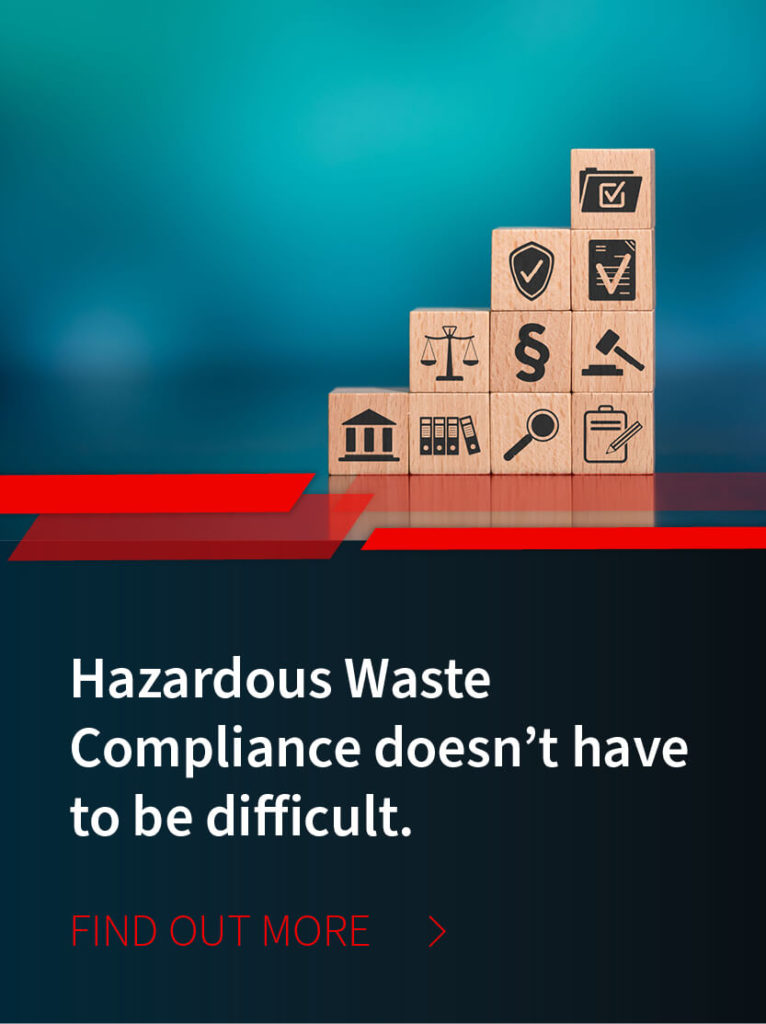
For any worker in the medical field who comes in contact with patients, it's imperative to undergo OSHA bloodborne pathogen training. This ensures workers can operate in a safe and informed way, but completing the training also means those workers will be in full federal OSHA compliance. Not being in compliance can lead to fines, and continued willful noncompliance can result in escalating penalties.
What Medical Facilites Need to Know about OSHA Bloodborne Pathogens Training
Who Must Take Bloodborne Pathogen (BBP) Training?
All clinical workers and employees who come in contact with patients must take OSHA blood-borne pathogen training. This helps prevent the mishandling of blood-infected products, which keeps the workers themselves safe and prevents the improper disposal of potentially infected materials.
What Are Some Common BBPs?
While it varies from country to country, the most common BBPs that occur in the United States are HIV, hepatitis B, and hepatitis C.
Can BBPs Be Transferred Through Anything Other Than Blood?
Yes. Bloodborne pathogens can be carried in blood as well as other bodily fluids. (However, this excludes saliva, urine, feces, and more.) The best way to avoid transference is by always wearing liquid-proof gloves and a mask and thoroughly washing hands after contact with any potentially infectious material. When handling needles, syringes, knives, or any used sharp, the worker should also be wearing puncture-resistant gloves.
For safety reasons, this kind of information is imperative for all clinical workers to know, and it's exactly the kind of educational material that's covered in the OSHA compliance training.
How Often Do Workers Need to Take This Training?
Blood-borne pathogens training required yearly.
To be in full OSHA compliance, all clinical workers need to take BBP training every year. Before you can legally start working in a clinic, you need to complete the training, and then it needs to be redone every year thereafter.
How Long Does the Training Take?
This standard OSHA blood-borne pathogens training takes approximately forty-five minutes to complete. It can be done in a face-to-face training with a group, or it can be done individually online at a clinical worker's convenience. If completed in a group setting, the test is still done individually.
What Does the Online Blood-borne Pathogens Training Entail?
When you need to take the training, your administrator will send you a link to get into the website. The site can be accessed from anywhere with Internet, so the worker can complete this on his or her own time.
If you haven't completed your online training, the system will send reminders that the deadline is approaching.
The training itself is a video broken into fifteen-minute sections. At the end of each section, you take a test about what you just watched. You need to get 80 percent to pass any particular section, but you can watch the section again and retake that test immediately if necessary.
When you are finished and have passed all your tests, you get an electronic certificate that you print for your records. It also alerts your administrator that you've passed the training. The system logs these electronic certificates, so if you're ever audited by OSHA, you can easily and quickly prove which clinical workers are up to date.
For more waste management tips about OSHA blood-borne pathogens training or how to get your clinic in OSHA BBP training compliance, please contact a representative of MCF Environmental Services, a full-service medical waste management company that provides BBP compliance training for doctors' offices and hospitals.








